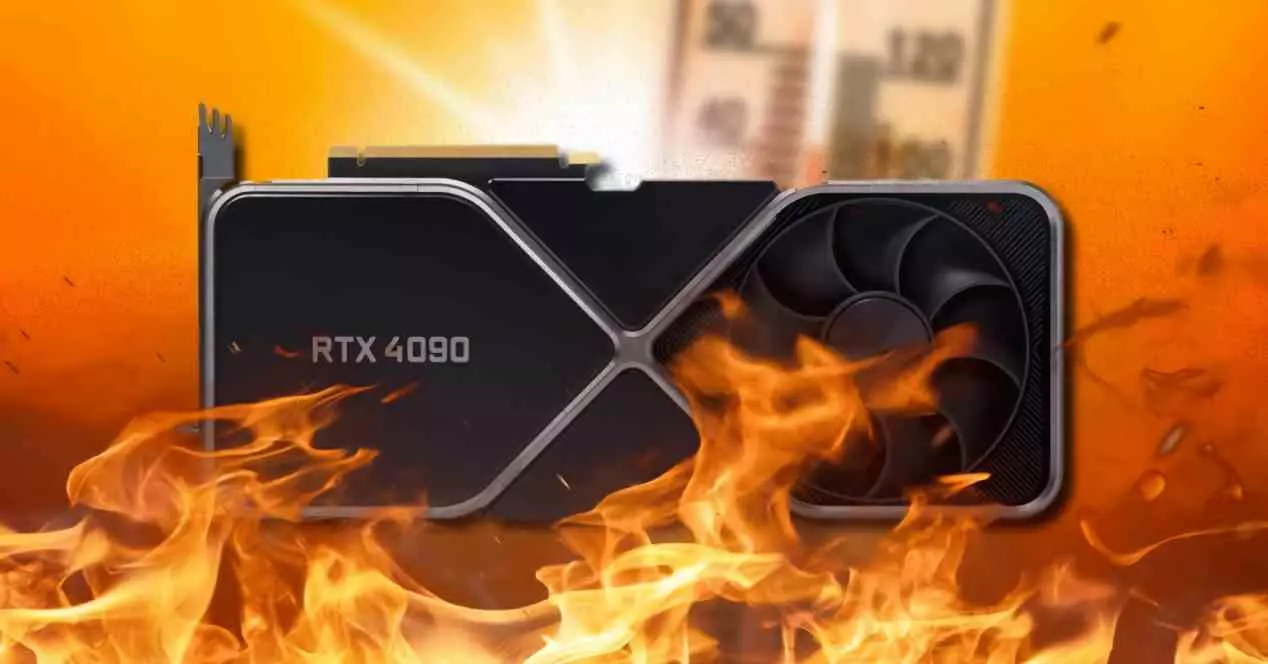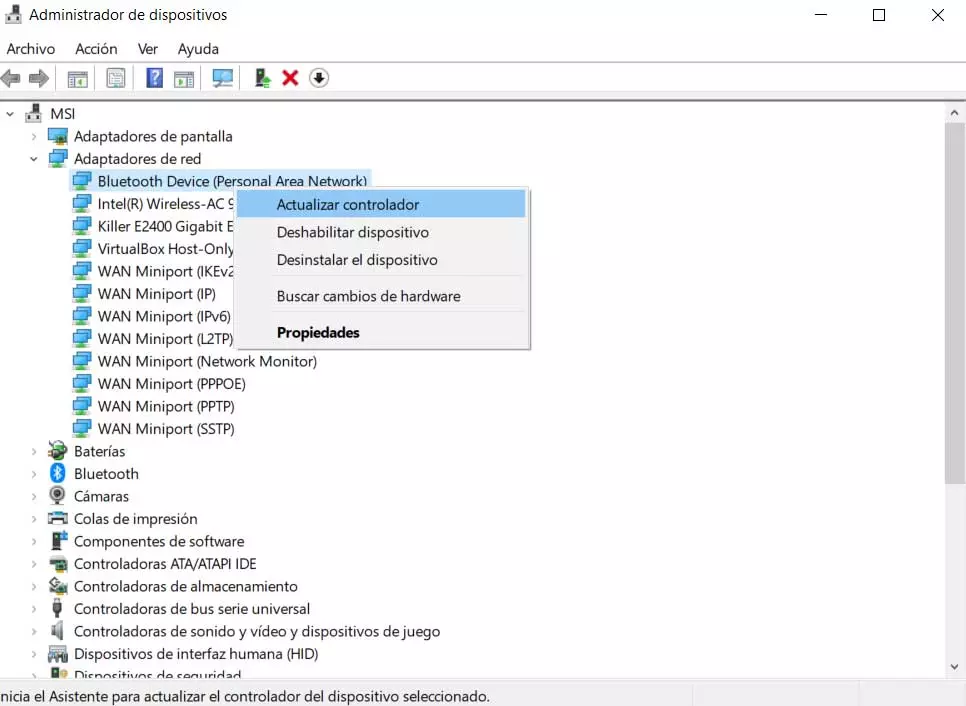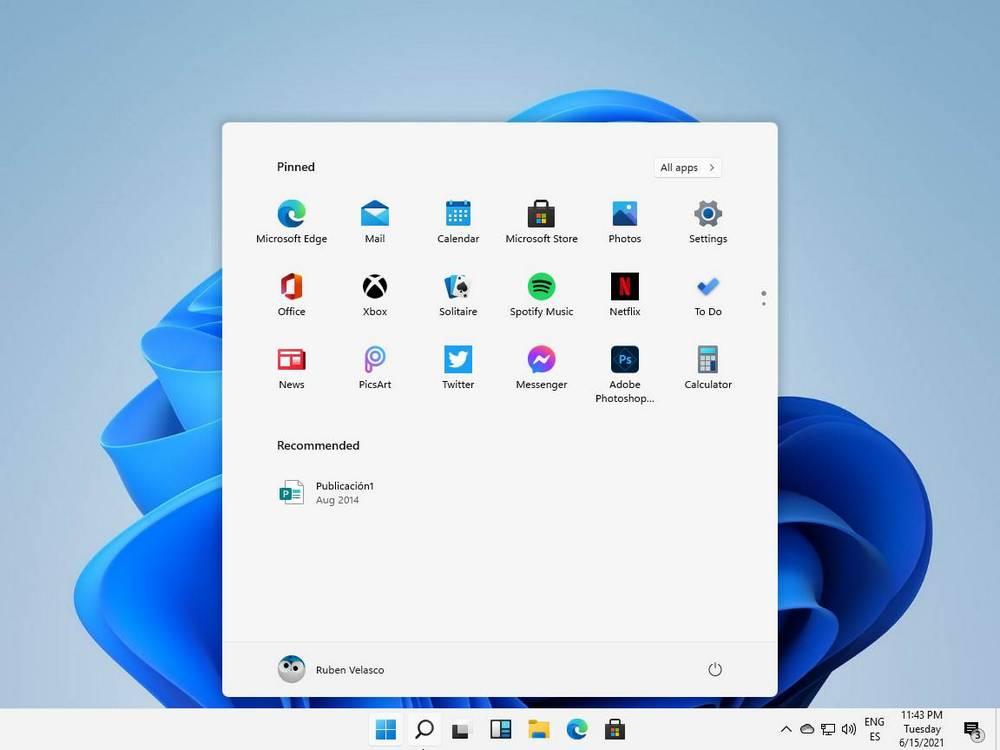
It is no secret that the RTX 3090 was nothing more than an NVIDIA TITAN in disguise, since until that moment the highest nomenclature in green brand graphics cards did not go beyond the xx80 Ti. Well, the rumor that NVIDIA would be testing a RTX 40 at 900W has triggered suspicions of a more powerful GPU than the RTX 4090.
Yesterday we told you about NVIDIA’s potential RTX 40 range through a news item. Where we explain how the RTX 4090 will be based on the AD102 chip and will come mounted on a graphics card with a 384-bit GDDR6X bus and a TGP around 600 W. While the RTX 3080 (Ti) will have specifications more similar to the current one generation and will be based on the AD103 chip with specifications more similar to the current generation of graphics cards.
However, one of the information that has appeared in the last few hours speaks of graphics hardware that would go further in energy consumption than 4090. The reason? There is talk of an RTX 40 with 900 W of consumption. What would transform it into the graphics card with the most consumption of a computer system. Are we facing the return of the NVIDIA TITAN? What is the point of getting a graphics card with such a level of consumption?
An NVIDIA RTX 40 with 900 W consumption?
Apparently there is a variant of the AD102 chip, specifically the AD102-4000 model. Its peculiarity? It is not a model that has a greater number of units, so it still has its 18,432 ALUs in FP32, called CUDA cores. distributed by the 144 SM inside the GPU. Of course, the change is the use of GDDR6X in shared bus mode, in such a way that instead of having 24 GB like the RTX 4090, the supposed TITAN RTX 40 900 W has 48 GB. So just like the original RTX 3090 would have memory on both sides of the PCB.


The fact that an RTX 40 appears with double the memory capacity is not something that should alarm us. One of the biggest complaints about the RTX 30, especially from the world of artificial intelligence, is the lack of memory of the current generation to work with large volumes of data. As for its consumption, the fact of reaching 900 W through a dual 16-pin (12+4) PCIe 5.0 connector shows that it would not be a graphics card to use. Of course, its higher consumption would allow clock speeds not only much higher in the GPU, but also in the VRAM.
What we do have very clear is that it will be a very scarce model. To begin with, very few and large chips reach high clock speeds and, on the other hand, advanced cooling mechanisms will be necessary. How is the use of liquid cooling and even the use of liquid nitrogen to decrease consumption. In any case, we do not believe that it will appear for domestic systems, since the sources with the new connector only have one.



